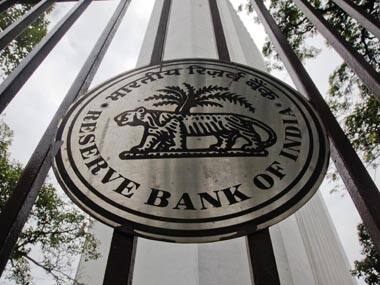The recent moves to attract foreign exchange inflows and ease the pressure on the rupee, seems to be raising expectations for the introduction of another scheme on the lines of the earlier India Millennium Deposits or Resurgent India Bonds, which could curb the volatility in the rupee.
The latest move by Sebi, effective 15 January, of permitting Qualified Foreign Investors (QFIs) to invest directly in the Indian equity market has also boosted hopes of more steps in this direction.
Over the past few months, the Reserve Bank of India and Sebi have been working to try and attract greater inflows. Apart from encouraging non-resident Indian (NRI) deposits, external commercial borrowing (ECB) norms were also relaxed with loans of three to five years’ maturity allowed to be raised at a spread of Libor plus 350 basis (bps) points, up from 300 bps earlier (100 bps make 1 percent).
Interest rates on NRI deposits were also raised to make them more attractive, with rates on repatriable NRE deposits being deregulated.
[caption id=“attachment_173413” align=“alignleft” width=“380” caption=“Over the past few months, the Reserve Bank of India and Sebi have been working to try and attract greater inflows. Reuters”]
 [/caption]
[/caption]
In a report, Citi says it expects more such steps in this direction. Rohini Malkani of Citi says “…possible measures could include opening FDI to more sectors, the possibility of a commercial dollar bond issue (similar to the Resurgent India Bonds and the India Millennium Deposit (IMD) issuances in 1998 and 2000 respectively); measures to bring in unaccounted money parked overseas, and dollar swaplines.”
“Risk-off environments normally result in lower flows to countries with twin deficits (fiscal and current account). Despite our estimates on capital flows remaining broadly unchanged at US$62bn in FY12 and US$73bn in FY13, our forecasts of a widening current account deficit would likely result in a marginal drawdown in reserves to the tune of US$2bn versus an accretion of US$4bn expected earlier,” the report adds.
Pointing out that India is the largest importer of gold in the world, the Citi report says that a surge in imports of gold in an environment of slowing capital flows may result in “some scrutiny”
Gold imports in 2010-11 (FY11) stood at US$35.6bn, or 10.2 percent of total imports; up from US$11bn in FY00 (8.5 percent). Taking into account imports of precious stones, gold and precious stones together totalled $65.1 billion in FY11, or 18.5 percent of total imports. Netting out exports of gems and jewellery, however, this number amounts to $24.3bn, or 1.4 percent of GDP. Latest data, though, indicate a drop in gold imports to about 125 tonnes in the fourth quarter of 2011 from 283 tonnes in the first quarter of 2011.
Sourav Majumdar has been a financial journalist for over 18 years. He has worked with leading business newspapers and covered the corporate sector and financial markets. He is based in Mumbai.
)